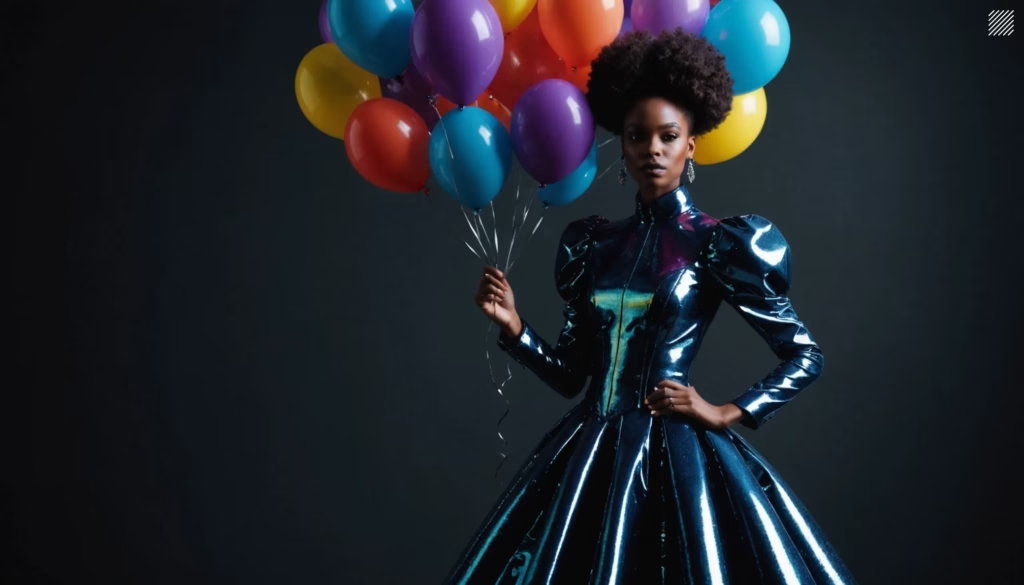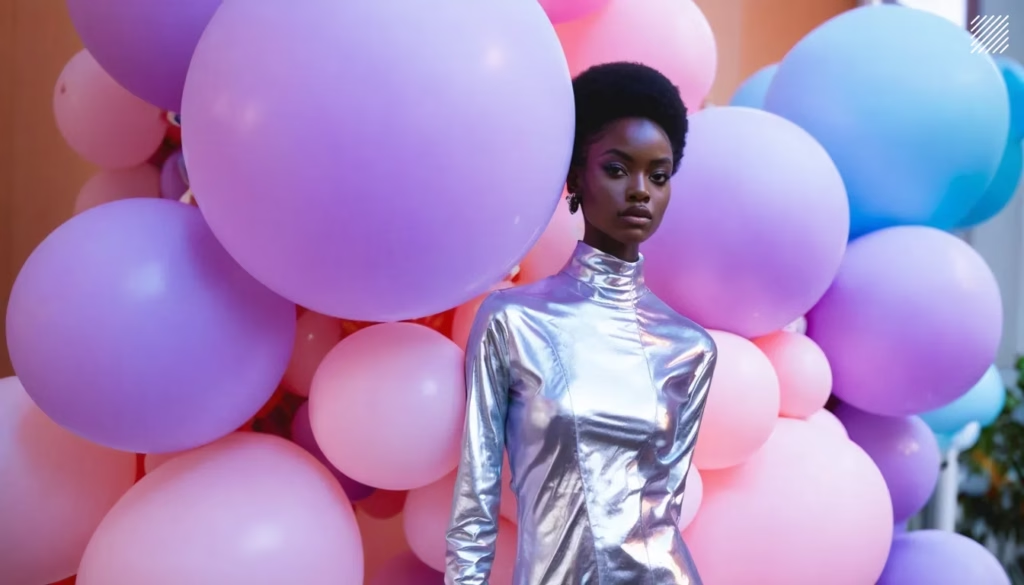
Harnessing Deep Learning Methodologies to Revolutionize Fashion Design
In the ever-evolving landscape of fashion design, the integration of artificial intelligence (AI) is paving the way for a new era of creativity and innovation. At the heart of this transformation are deep learning methodologies, which are now being harnessed to generate digital images from textual descriptions in groundbreaking applications such as aiowear.com. This advanced approach is not only streamlining the design process but also opening up unprecedented possibilities for customization and personalization in the fashion industry.
Deep learning, a subset of machine learning, employs algorithms known as neural networks that are adept at processing and interpreting complex data. In the context of aiowear.com, these neural networks are trained on vast datasets of fashion imagery and descriptions, empowering them to understand and visualize apparel design concepts described in text. This process, known as text-to-image generation, entails two primary steps: understanding the textual description and generating a corresponding digital image.
The first step involves natural language processing (NLP), where the AI analyzes the textual description to identify key design elements such as color, fabric, and style. This requires the AI to grasp subtle nuances in language and translate them into concrete visual attributes. Following this, Generative Adversarial Networks (GANs) — a class of machine learning frameworks — are employed to generate images based on these identified attributes. GANs work through two competing networks: a generator that creates images and a discriminator that evaluates their authenticity. Through iterative training, the generator improves its ability to produce images that closely match the original design concepts described in text.
For users of aiowear.com, this deep learning-driven methodology transforms the way fashion is designed and experienced. Customers can articulate their unique design ideas in words, and the AI brings these visions to life in digital form, bridging the gap between imagination and visual representation. This not only accelerates the design cycle, allowing for rapid prototyping and adjustments but also enhances the creative process by offering limitless possibilities in customization.
Moreover, this technology democratizes fashion design by providing a platform where users, regardless of their drawing skills or technical design knowledge, can contribute creatively. Whether it’s a bespoke piece for a special occasion or conceptualizing an entire collection, the barrier to entry is significantly lowered.
However, the integration of deep learning in fashion design is not without its challenges. Ensuring the AI accurately interprets and replicates human creativity requires continuous refinement of algorithms and training datasets. Additionally, ethical considerations around originality and copyright must be navigated carefully to respect the intellectual property of designers and artists.
Despite these challenges, the potential of deep learning methodologies in revolutionizing the fashion industry is undeniable. On platforms like aiowear.com, they are reshaping the design process, enhancing creativity, and offering personalized experiences that were once deemed futuristic. As technology continues to advance, the synergy between AI and fashion design promises to usher in a new epoch of innovation, where ideas are limited only by imagination.


